Dark Origins – The Red Shoes by Hans Christian Anderson
Posted: October 27, 2021 Filed under: Uncategorized 48 Comments
Have you read the story of the red shoes? This is the one fairy tale by Hans Christian Anderson’s that I had a lot of trouble understanding as a young girl.
Overview
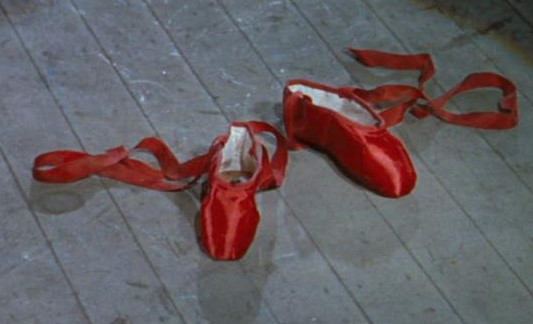
Karen is a little girl whose family is so poor, she has to wear thick wooden shoes during the winter that chaff her feet and make them red and raw. During the summer months, she goes barefooted. A kindly shoemaker makes Karen a pair of shoes from old scraps of red cloth. The first time Karen wears these shoes is on the day of her mother’s burial. An elderly woman driving past sees the little girl walking after the coffin and takes pity on her. She offers to take Karen into her own home and raise her.
Karen believes her good luck is attributable to the red shoes and develops a passion for shoes in this colour. The elderly lady, whose eyesight is failing, takes Karen to buy a new pair of shoes to wear for her confirmation. The shoemaker and Karen collude so that she can acquire a lovely pair of red dancing shoes. The shoes take over Karen’s thoughts and she wears them to her confirmation, dwelling on her beautiful shoes the entire time. When she comes out of the church, still wearing the red shoes that are the talk of the congregation, an old soldier puts a curse on her shoes.
The elderly lady starts to ail and is dying and relies on Karen for her care. One evening Karen abandons her and goes to a ball wearing the red shoes. Once she starts to dance, she cannot stop and on and on she dances for days and days. Eventually, in desperation, she begs the village executioner to cut off her feet. He obliges and makes a pair of wooden feet for her and a pair of crutches. Karen returns to the church but the red shoes appear and bar her from entry.
In the end, Karen dies and goes to Heaven where no-one cares about her red shoes.
My thoughts
This is a strange and scary story. When I was a girl I attended a convent and went to mass every Sunday. This story often used to plague my mind when it came to confession and I confessed all sorts of strange ‘sins’ to the Father because I was so worried that I’d been vain and made to much of my dresses. I was very fond of pretty dresses.
As I grew older, I wondered why Hans Christian Anderson wrote such a condemning story about a young girl who liked pretty shoes. Research has subsequently led me to understand that the author grew up in a stern and conservative society which condemned dancing, drinking, playing cards, and the wearing of bright colours that drew attention to the wearer. Karen’s sin is not just her vanity about the red shoes, it is also her succumbing to the sin and allowing it to undermine her ethics and morality. Karen choses to dance and ignore her responsibilities towards her benefactor thereby overruling her understanding of what is right and wrong. Having given in to sin, there is no turning back and returning to the way things were before, and her only redemption is in death.
Quite a heavy topic for a fairy story, but then most of the fairy stories are based on dark realities.
Origin
The origin of this story is not as dark as the theme of the story itself. Anderson named the little girl after his own half-sister, Karen Marie Anderson, who he despised. His half-sister was the illegitimated daughter of his mother. She was not raised with Hans but boarded out. It is believed that at one point Karen became a prostitute and Anderson feared throughout his life that she would re-appear and embarrass him in his new wealthier position in life.
The story was based on an incident the author witnessed as a young lad. His father, a shoemaker, was sent a piece of red silk by a wealthy woman to make a pair of dancing slippers for her daughter. His father used some of his own valuable red leather along with the red silk to make a lovely pair of shoes. The woman rejected them, saying they were awful and he’d spoiled her silk. Anderson’s father replied “In that case, I may as well spoil my leather too,” and he cut up the shoes in front of her.
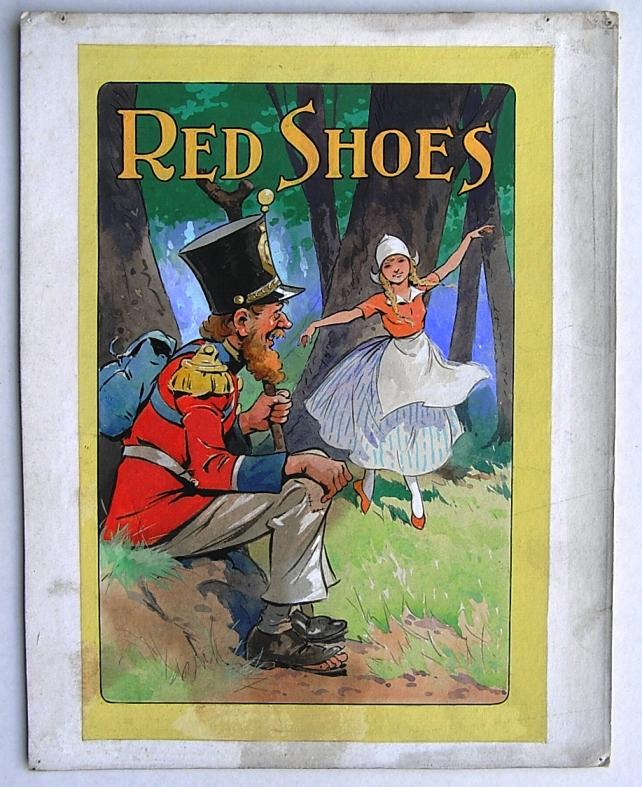
About Roberta Eaton Cheadle
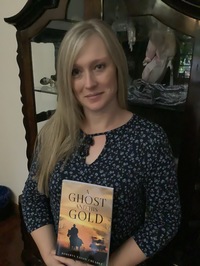
Roberta Eaton Cheadle is a South African writer and poet specialising in historical, paranormal, and horror novels and short stories. She is an avid reader in these genres and her writing has been influenced by famous authors including Bram Stoker, Edgar Allan Poe, Amor Towles, Stephen Crane, Enrich Maria Remarque, George Orwell, Stephen King, and Colleen McCullough.
Roberta has short stories and poems in several anthologies and has 2 published novels, Through the Nethergate, a historical supernatural fantasy, and A Ghost and His Gold, a historical paranormal novel set in South Africa.
Roberta has 9 children’s books published under the name Robbie Cheadle.
Roberta was educated at the University of South Africa where she achieved a Bachelor of Accounting Science in 1996 and a Honours Bachelor of Accounting Science in 1997. She was admitted as a member of The South African Institute of Chartered Accountants in 2000.
Roberta has worked in corporate finance from 2001 until the present date and has written 7 publications relating to investing in Africa. She has won several awards over her 20-year career in the category of Transactional Support Services.
Find Roberta Eaton Cheadle
Blog: https://wordpress.com/view/robertawrites235681907.wordpress.com
Twitter: https://twitter.com/RobertaEaton17
Facebook: https://www.facebook.com/robertawrites
Amazon: https://www.amazon.com/Roberta-Eaton-Cheadle/e/B08RSNJQZ5
_____________________________________________________________________________________________
Want to be sure not to miss any of Robbie’s “Dark Origins” segments? Subscribe to Writing to be Read for e-mail notifications whenever new content is posted or follow WtbR on WordPress. If you found it interesting or entertaining, please share.


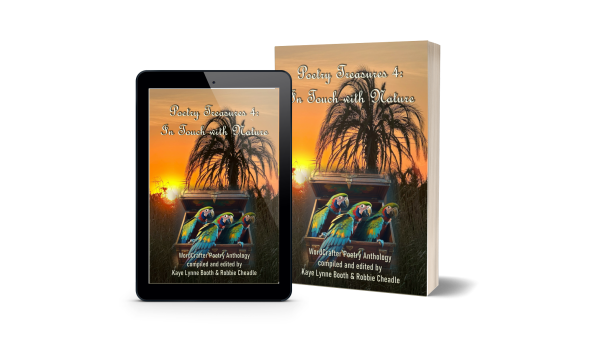
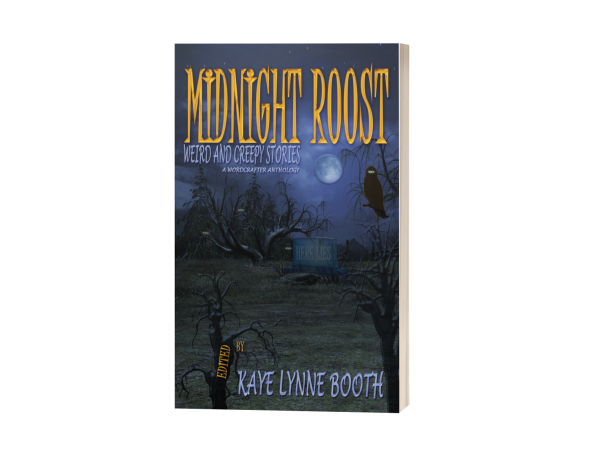



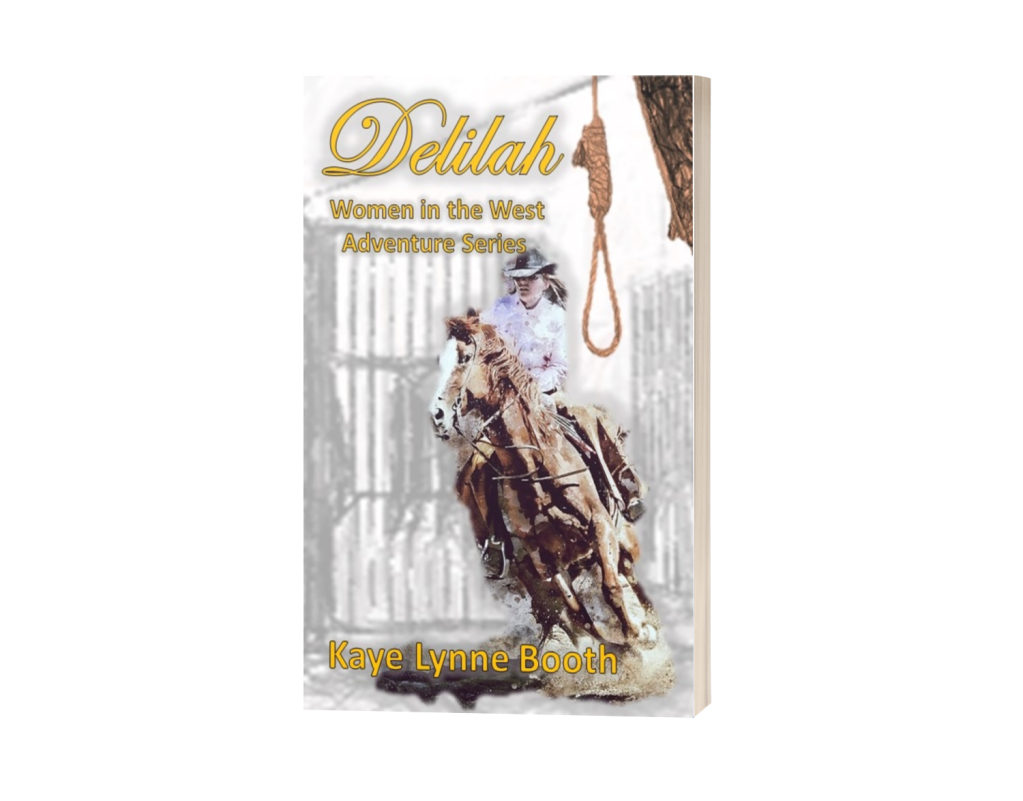
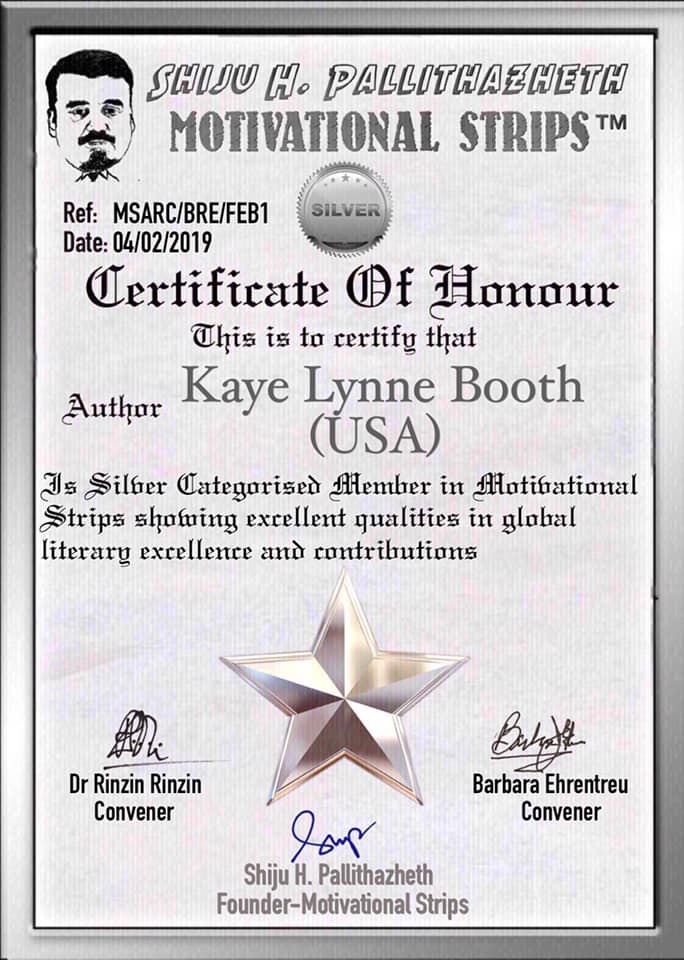
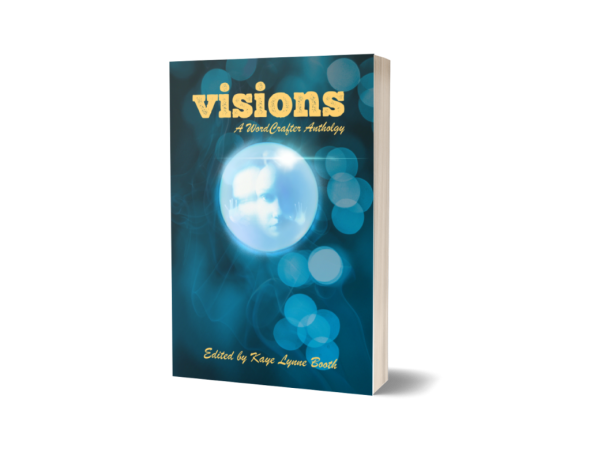



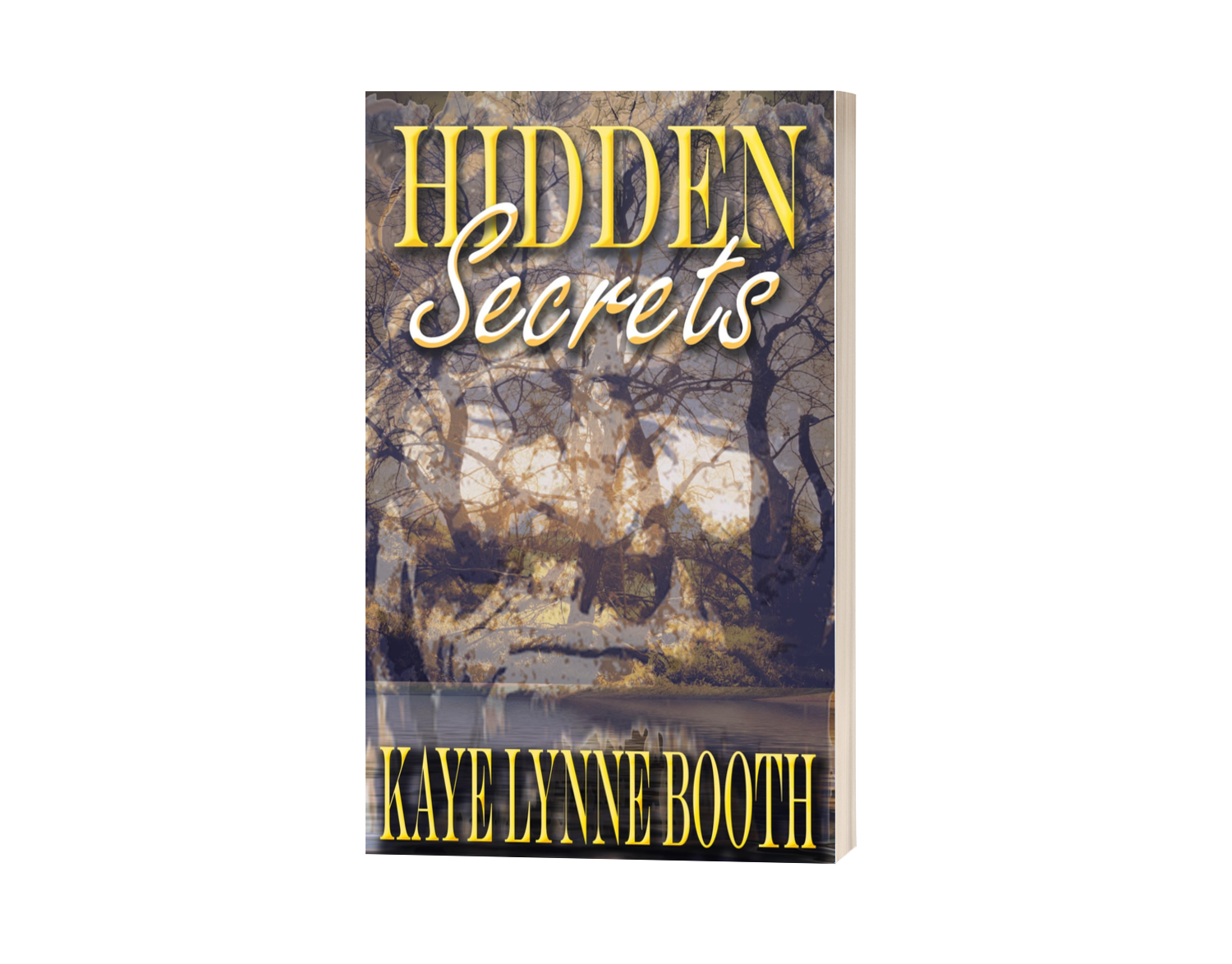

Goodness, I’m glad I did not read that story when I was a child; I had heard of it of course, but have always been confused. Generations of children , especially catholics, traumatised by such a dark story when perhaps Anderson should have gone to therapy and kept that tale to himself. The origins are stranger than fiction! Alas, life is terrible for many children still and their lives would make even darker tales, but of course we want our own children and grandchildren to enjoy happy stories.
LikeLiked by 5 people
HI Janet, it does seem shocking now and this one certainly lodged in my young brain. I very much doubt they had any therapy for people in those days. I was a little horrified by his hostile treatment of his sister.
LikeLiked by 3 people
His hostile treatment of his sister struck me as well.
LikeLiked by 2 people
Yes, it was a bit unexpected to me. Hans Christian Anderson went from being a very poor person to someone who was accepted at court and went to England to meet Charles Dickens. Clearly, this elevation in position was very important to him and he didn’t want it compromised.
LikeLiked by 2 people
I expect he’s not the only writer to achieve fame who went down that road.
LikeLiked by 2 people
I have to say, that this is not one of his tales with which I am familiar, except for the title. That being said, I am gobsmacked by the story and the possible origins. KAH-reepy!
LikeLiked by 4 people
Hi Annette, the more I delve into the origins of fairy tales, the more horrified I am by the behaviour of people in the past. It’s even worse that mankind doesn’t seem to have progressed that much in many countries and societies.
LikeLiked by 4 people
This wasn’t one I’d heard. I can’t say I’m surprised. Vanity was a problem in the church, even when my mother was a child. (Women still had to cover their hair.) And pride? Both are included in the seven deadly sins. It’s interesting that he wrote a tale about one of the sins when he was secretly victim to the other. Fascinating stuff, Robbie. Thanks for sharing.
LikeLiked by 5 people
Hi Staci, I must be honest, I was surprised to read about Hans Christian Anderson’s unkindness towards his sister. It knocked my opinion of him and that’s a fact. I was also raised Catholic and we had to wear dresses to church and certainly not red shoes.
LikeLiked by 3 people
This story does hurt my opinion of him. (Though I am trying to remember those were different times.)
No, red shoes definitely were not on the approved clothing list. Can you imagine? I’m picturing the scandalized looks now.
This is completely unrelated, but I’m still stunned. My daughter’s been attending a series of lectures by a papal missionary. She talked to the POPE on the phone last night! Can you imagine? The guy just picked up his cell and CALLED HIM! And they all CHATTED! Surreal. Sorry. I just needed to share that with someone. 😇
LikeLiked by 2 people
Hi Staci, what a great thing for your daughter. It is nice to think the Pope is so engaged with young people. I don’t believe it was like that when I was young. We lived in fear of eternal Hell but maybe it depends on the priest and diocese. I don’t practice religion in a church now, but I still enjoy the Catholic services and the beauty of churches.
LikeLiked by 2 people
We had a fire and brimstone priest when I was young, too. It is different these days. Thanks, Robbie.
LikeLiked by 2 people
Wow! Staci, it is not everyday something like that happens. What a total honor for your daughter. I’m glad that you chose to share it here. 🙂
LikeLiked by 2 people
Thanks. I wasn’t sure it was appropriate to hijack the thread like that, but I was excited for her.
LikeLiked by 2 people
I am delighted you shared your fabulous news here, Staci. Such an honour for your daughter.
LikeLiked by 2 people
Thanks. ❤️
LikeLiked by 2 people
Reblogged this on and commented:
This month’s Dark Origins post features The Red Shoes by Hans Christian Anderson. This story made a big impact on me as a small girl. Thanks for hosting, Kaye Lynne Booth
LikeLiked by 1 person
Always a pleasure to host you, Robbie. You always give us such thought provoking posts, and this series never fails to surprise. I did not know this particular story, but wow! I can see why it made such an impression on you as a child.
LikeLiked by 1 person
Hi Kaye, some of the European fairy tales are horrific. It’s no wonder they were always fighting each other when their children grew up with such grim stories and ideas.
LikeLiked by 1 person
I have always loved fairy tales, even though some of them scared me to death when I was a child…
LikeLiked by 2 people
Hi ladies, I love them too and they never scared me as a child. My mother is from Bungay in Suffolk and a lot of scary superstitions and legends emanate from that part of the world. I grew up listening to her tales.
LikeLiked by 2 people
💕
LikeLiked by 1 person
How interesting, Robbie. I did not know the origin of The Red Shoes. I’m sure it was a traumatic event for young Anderson. Kinda scary for a child’s story, though.
LikeLiked by 2 people
HI Priscilla, all the fairy tales are very horrifying in their original forms. It is Disney who glamourised them (and Tolkien with his depiction of the elves). Fairy tales originate from European myths and legends and are very frightening.
LikeLiked by 1 person
I’m finding these dark fairy tales more disturbing as an adult than I did as a child. You’d think it would be the other way around.
LikeLiked by 2 people
No, I don’t think it would be the other way around. I have always said that children can only understand the written word to the extent of their own experience. They cannot visual something they have not experienced in detail. As an adult, your experience and understanding is much wider so you relate to things much more intensely. This is why I would let my kids read anything they wanted, but I would not let them watch anything they wanted.
LikeLiked by 2 people
What you’re saying as an explanation makes good sense to me.
LikeLiked by 1 person
I remember this fairy tale, but had no idea of the origins. As you said, Robbie, it is indeed a scary story for a young girl to read.
I always enjoy these posts. Another exceptional read!
LikeLiked by 2 people
Thank you, Mae. I am really pleased you enjoy these posts. They are among my favourites to write.
LikeLiked by 2 people
I was not really familiar with this tale, so I liked reading your thoughts about it and the origin of the story. It’s funny that the author’s dad was a shoemaker, so this tale was really close to home…
LikeLiked by 2 people
I actually didn’t know about that until I researched this tale. Hans Christian Anderson has written some very miserable tales: The Little Match Girl, The Little Mermaid, The Storks and The Red Shoes are among the most depressing of them.
LikeLiked by 2 people
Mr. Anderson doesn’t seem like an upbeat kind of guy…
LikeLiked by 2 people
No, his stories are all dark. Most fairly tales are very dark. It is a good think Mr Walt Disney managed to brighten them up.
LikeLiked by 2 people
it’s nice to have a bit of both, to satisfy all tastes…
LikeLiked by 2 people
Wow, the story and the backstory are full of severe judgements of human behavior. I wonder why religion is so against pleasure. On the other hand an excess of it seems to lead to a bad ending. Balance would seem a better structure for guiding behavior than condemnation though.
I was not really familiar with this story as a child. I would have been as mystified as you were. (K)
LikeLiked by 2 people
HI Kerfe, I think religion went through stages where certain behaviours were frowned upon and discouraged. Some things were way OTT, I’m thinking of witch hunts and murders, the Spanish Inquisition, ect. I do sometimes think that we may have gone a little to far the other way now and that doesn’t seem good either. People do need some discipline in their lives in order to progress and succeed in life.
LikeLiked by 2 people
I totally agree. Balance is the key. We are all much happier with some restrictions (just not too many)
LikeLiked by 2 people
I don’t remember this story,but loved reading your insight into it, Robbie. It is a harsh lesson.
LikeLiked by 1 person
Wow, that was fascinating, Robbie. I can see how his own experiences led to the story. It’s really an awful one.
LikeLiked by 2 people
Hi Diana, this story certainly disturbed me greatly as a child.
LikeLiked by 2 people
Me too. Little girls love to dance; it’s an expression of joy… that will get your feet cut off???
LikeLiked by 2 people
It is a weird tale, Diana, and very disturbing.
LikeLiked by 2 people
It was interesting to read the back story of how this book was born, Robbie, and I enjoyed reading your thoughts. What a tale! I think it’s good that I didn’t read it. I would’ve had nightmares!
LikeLiked by 1 person
This is a story that I had never heard before and I am rather glad I didn’t. As a child, I think I would have been horrified.
LikeLiked by 2 people
I was horrified when I re this as a child, Carla. It has remained with me always, the image of those cut-off dancing feet.
LikeLiked by 2 people
Makes me shiver.
LikeLiked by 1 person
This story has haunted me, too. Hearing about Andersen’s dislike of his sister makes me sad because it sounds very uncharitable of him. She was the one wronged in the family, and if she became a sex worker, she probably had to do so.
LikeLiked by 2 people
Hi Luanne, I do agree with you and I also think it is sad. From what I understood, it centred around Hans Christian Anderson’s ambitions and eagerness to become part of higher society.
LikeLiked by 2 people